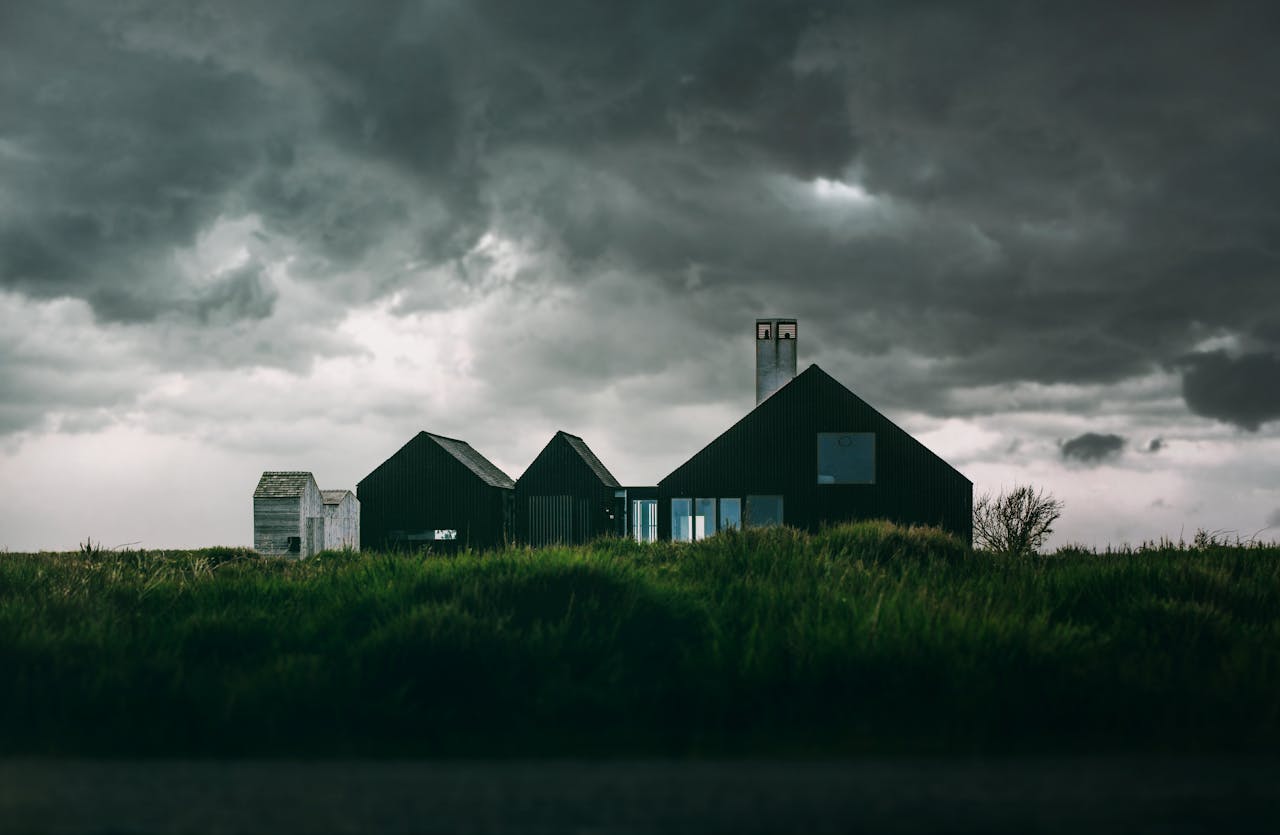Nature rarely switches from calm to chaos without small shifts along the way. Skies change color, animals grow uneasy, water moves in unfamiliar patterns, and the ground itself starts to complain. Some of these signals become local folklore, others end up confirmed in research papers, but all sit on the edge between story and science. Not every strange moment means danger, of course, yet knowing what to watch for can turn raw fear into clearer judgment when the world feels slightly off.
Sea Suddenly Pulling Far From Shore

One of the most dramatic tsunami warnings is not a towering wave, but the ocean quietly draining away from the beach. Water can race seaward, exposing reefs, sandbars, and flapping fish where waves usually break. Curious crowds sometimes wander out onto that bare seafloor, treating it like a spectacle. In past tsunamis, many of those bystanders were still staring at the horizon when the first wall of water came back far faster than anyone on foot could outrun.
Animals Shifting Into Sudden Panic

When birds explode from trees at once, dogs refuse to settle, and livestock push hard against fences, something larger may have changed. Many animals sense vibrations, pressure shifts, or distant rumbles that fall below normal human awareness. Reports from quakes, landslides, and tsunamis often mention wildlife moving inland or uphill before people realize anything is wrong. No single odd moment proves disaster is coming, but broad, synchronized agitation across species can be a sign that the landscape is about to move.
Clusters Of Small Quakes And Deep Rumbles

A single jolt that rattles dishes may fade into memory, yet a cluster of small quakes draws more attention. These foreshocks sometimes appear before a larger earthquake, hinting that stress along a fault is changing fast. People close to the epicenter may also notice low rumbles, shifting well levels, or doors that suddenly stick in their frames. Science cannot yet turn such patterns into exact predictions, but persistent shaking in a region known for big quakes is never a trivial background detail.
Greenish Skies And Heavy Stillness Before Storms
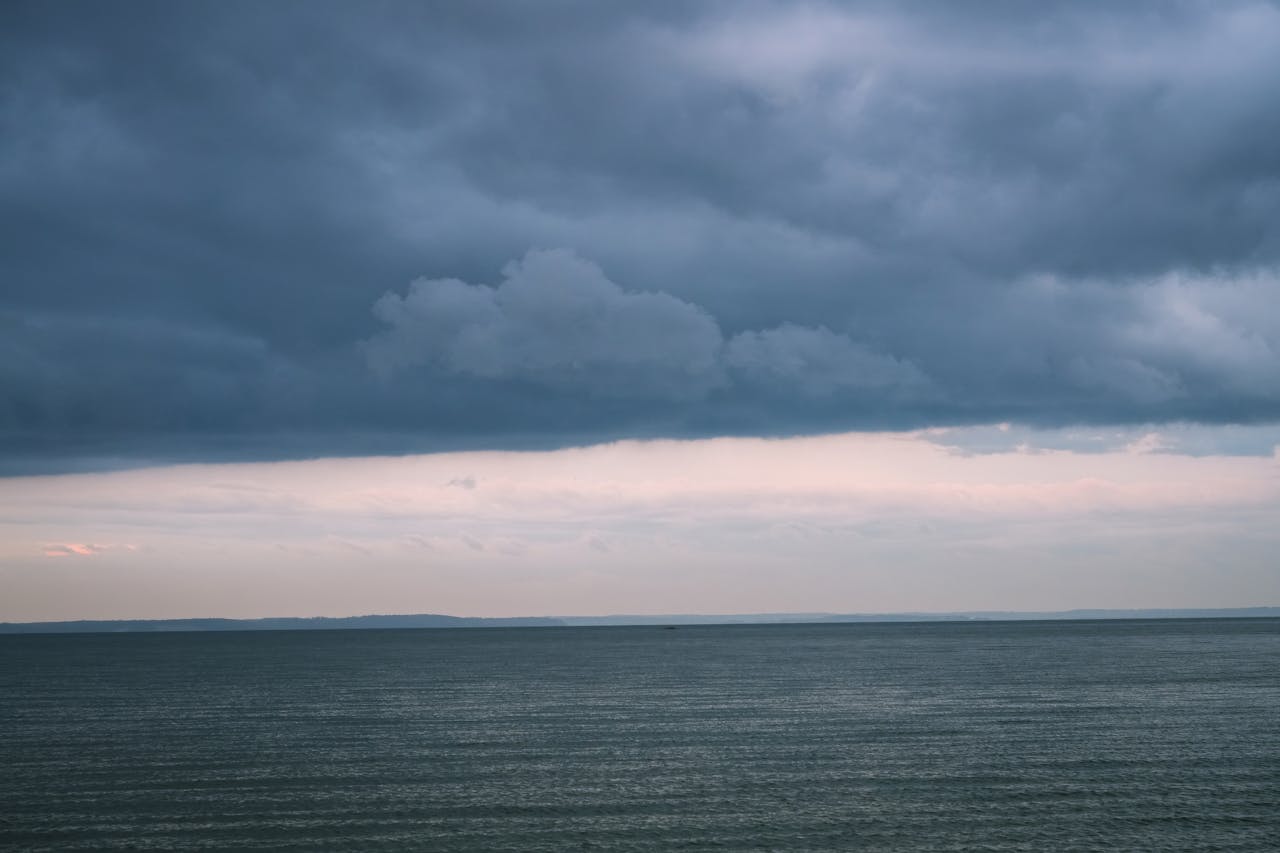
Ahead of certain severe storms, skies can slip into a strange green or yellow tint, especially late in the day, while wind drops into an unnerving calm. That odd color often reflects sunlight passing through thick, moisture-loaded clouds that may also carry hail. Residents in tornado country frequently describe a heavy, almost muffled feeling in the air just before the first gust and lightning strike. Color alone does not guarantee a tornado, yet this mix of hue and stillness often comes just before violent weather.
Rivers Rising Or Dropping With Clear Skies
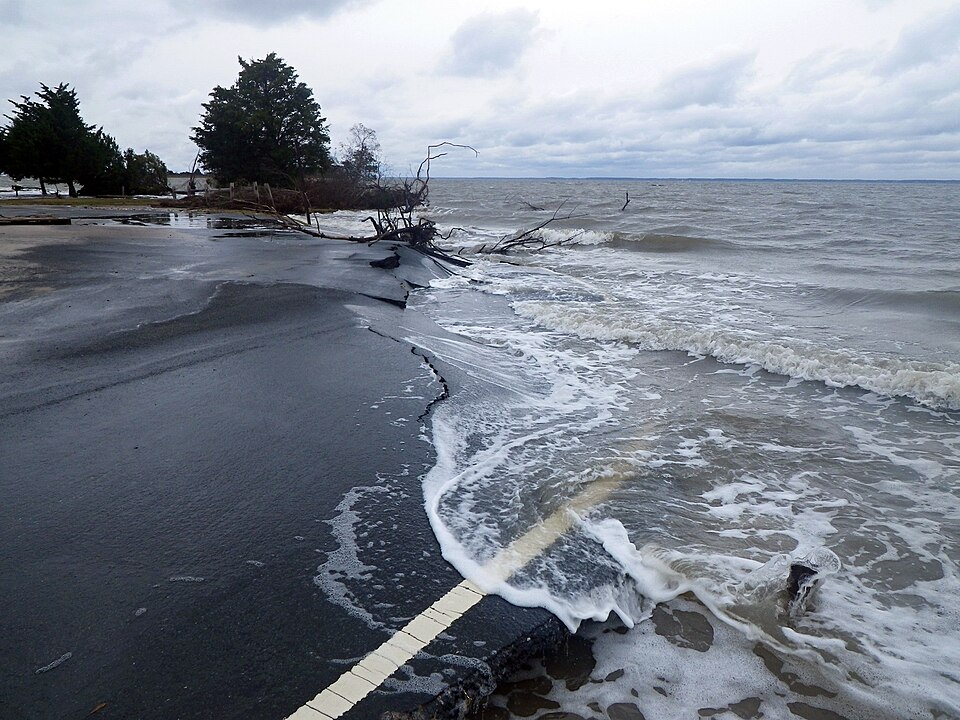
A river that suddenly swells on a sunny afternoon, or falls sharply without a dry spell, may be responding to trouble out of sight. Flash floods can start far upstream where intense rain, ice jams, or dam failures send surges racing downstream long after local clouds have cleared. On narrow canyon rivers, the sound may arrive as a distant roar before water appears around the bend. Watching water levels, not just weather overhead, helps reveal when danger is approaching from beyond the local valley.
Fresh Cracks In Slopes, Roads, Or Walls

New cracks tracing across a hillside, creeping along a road surface, or splitting plaster in multiple nearby buildings can signal ground that is slowly letting go. Landslides rarely begin with a single dramatic plunge; soil often shifts in stages after heavy rain, deforestation, or construction cuts into a slope. Tilted fence posts, leaning trees, and doors that no longer close smoothly add to the picture. Ignoring these small changes can leave entire neighborhoods sitting on a slope already testing its limits.
Repeated Small Rockfalls On Steep Terrain
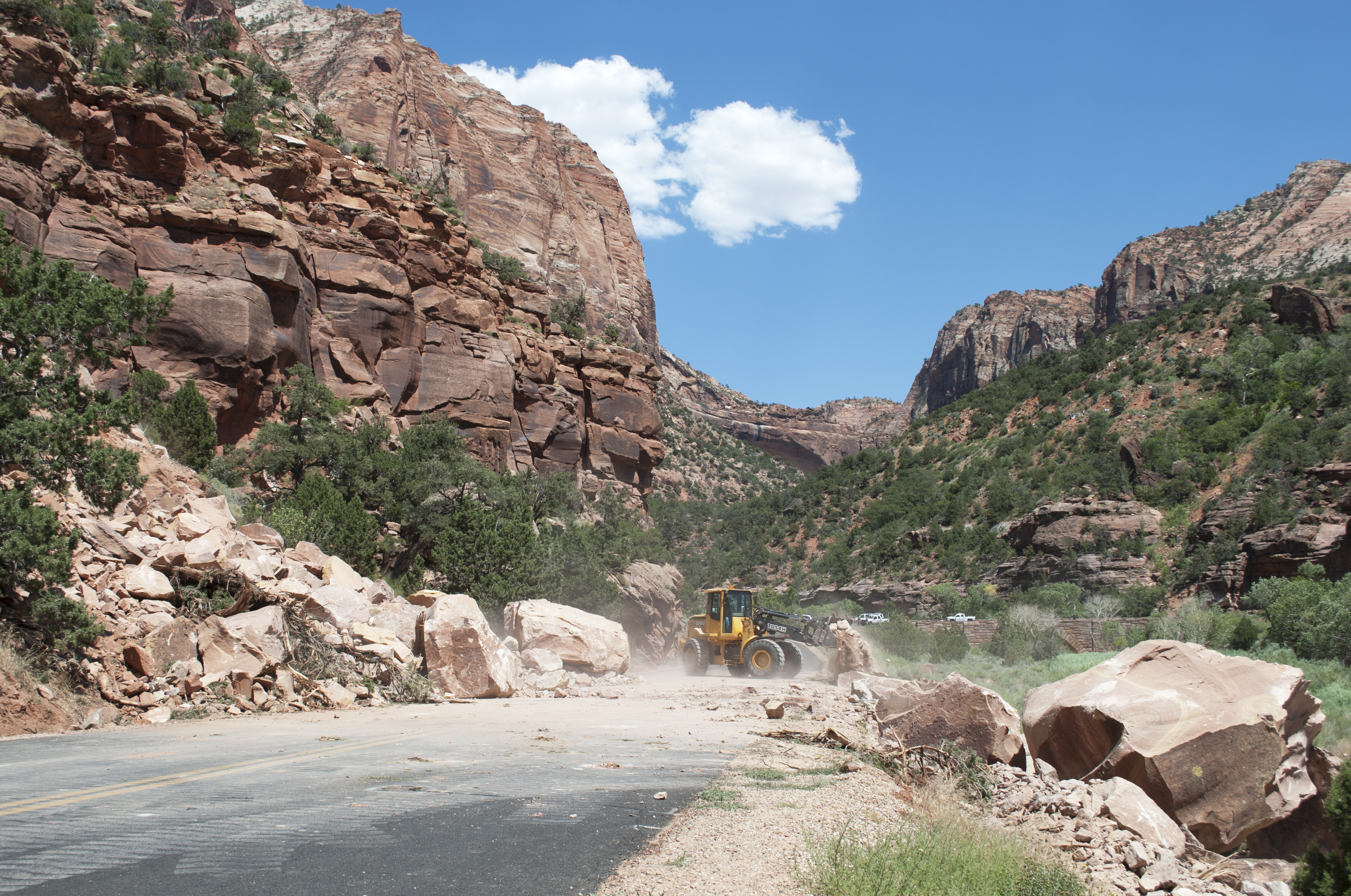
When a cliff or mountainside starts shedding small stones with no climbers above, it is sending early hints about larger instability. Pebbles rattling down gullies, fresh scars on rock faces, and thin dust clouds drifting away from cliffs all point to fractured layers adjusting under stress. In many rockfall and slide disasters, survivors later recall hours or days of minor collapses before the main failure. Treating those early falls as random background noise can place trails, camps, and roads directly beneath the next, bigger release.
Snow That Whumps, Cracks, Or Feels Hollow
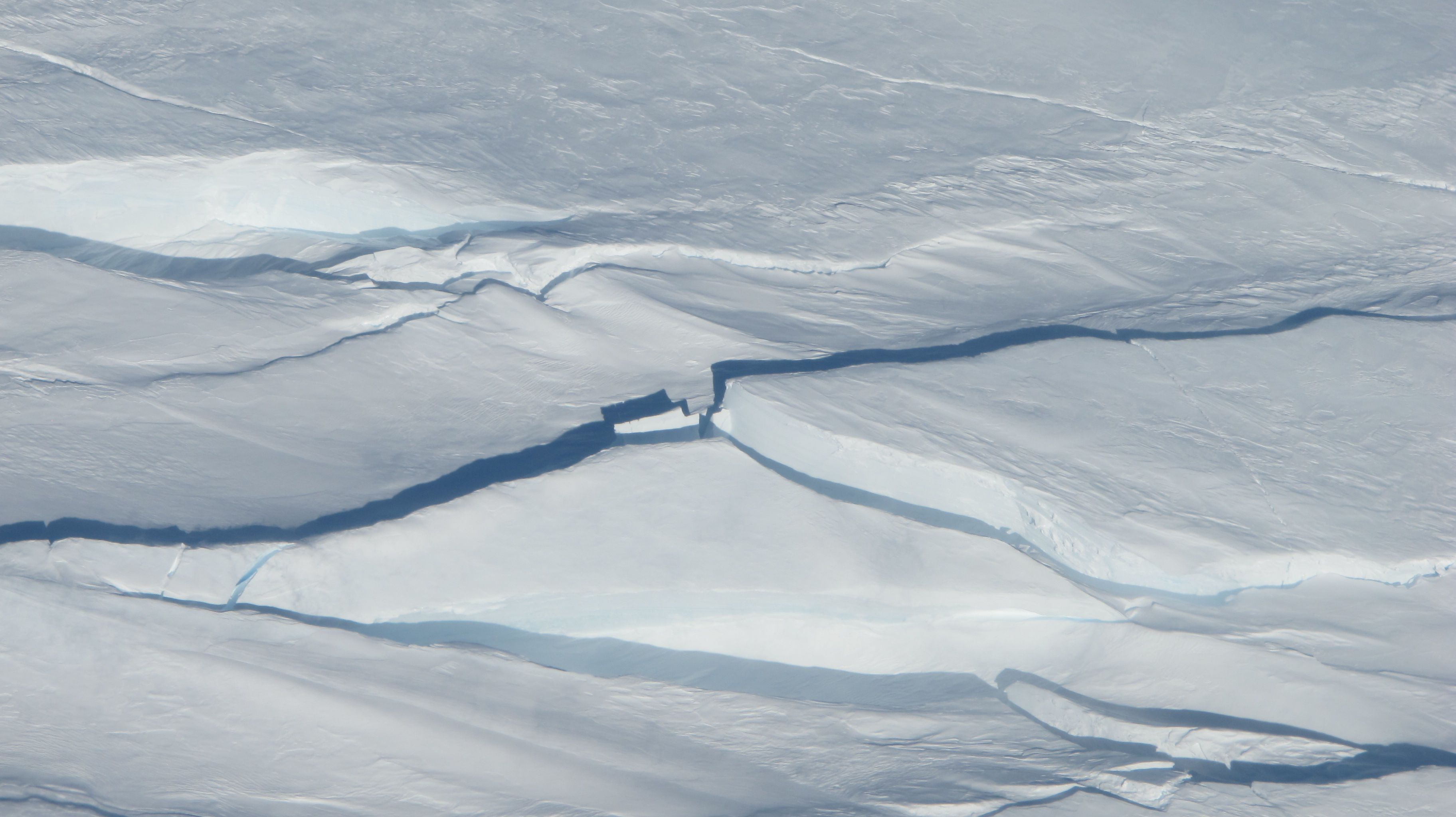
Travelers in avalanche country often listen to the snowpack as carefully as they watch the sky. A deep whump underfoot signals a buried weak layer suddenly collapsing, while long cracks shooting out from boots or skis show that slabs are already trying to detach. A hollow, drumlike feel beneath a thin crust can mean strong snow resting on fragile foundations. These signs do not just mark discomfort, they reveal a structure that may slide with only a small extra load or a slightly steeper slope.
Strong Smell Of Sulfur Or Rising Gas Near Vents

Near hot springs, volcanic fields, or low basins, a sudden surge in rotten egg odor can indicate hydrogen sulfide or other gases concentrating close to the ground. In high enough amounts, those gases displace oxygen and can knock a person unconscious without much warning. Around restless volcanoes, increased gas emissions often join small quakes and ground swelling as magma moves upward. Together, these clues suggest a system waking up, even if no ash column has yet reached the sky.
Discolored Water And Sudden Fish Deaths
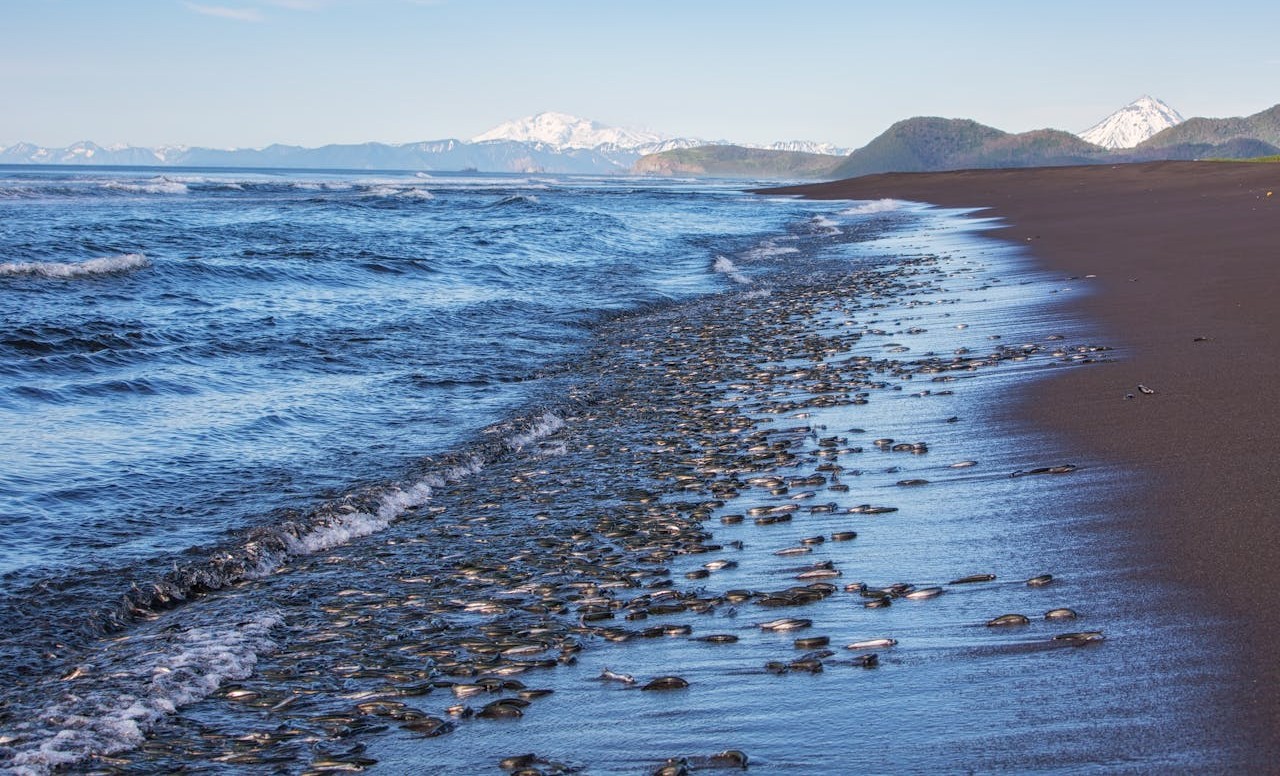
Water that turns rusty brown, milky, or bright green overnight, especially when fish float belly-up along the shore, signals more than a cosmetic problem. Harmful algal blooms, chemical spills, and oxygen crashes all strip waterways of life and safety. Birds may avoid landing, and strong metallic or chemical smells sometimes hang over the surface. Such changes can foreshadow broader ecological damage and health hazards for nearby communities, long before official warnings filter through every channel and household.
Distant Glow, Ash, Or Smoke On Clear Days

When fine ash settles on cars, a faint campfire smell hangs in clear air, or a low orange glow flickers along a distant ridge after dark, a wildfire is already shaping the horizon. Strong winds can push flames faster than expected, jumping roads and rivers that once seemed like fire breaks. As the day wears on, increasing haze and deepening smoke color often track a growing blaze, even if the flames remain out of sight. In dry regions, those subtle changes can be the earliest practical signal to prepare for rapid shifts.
